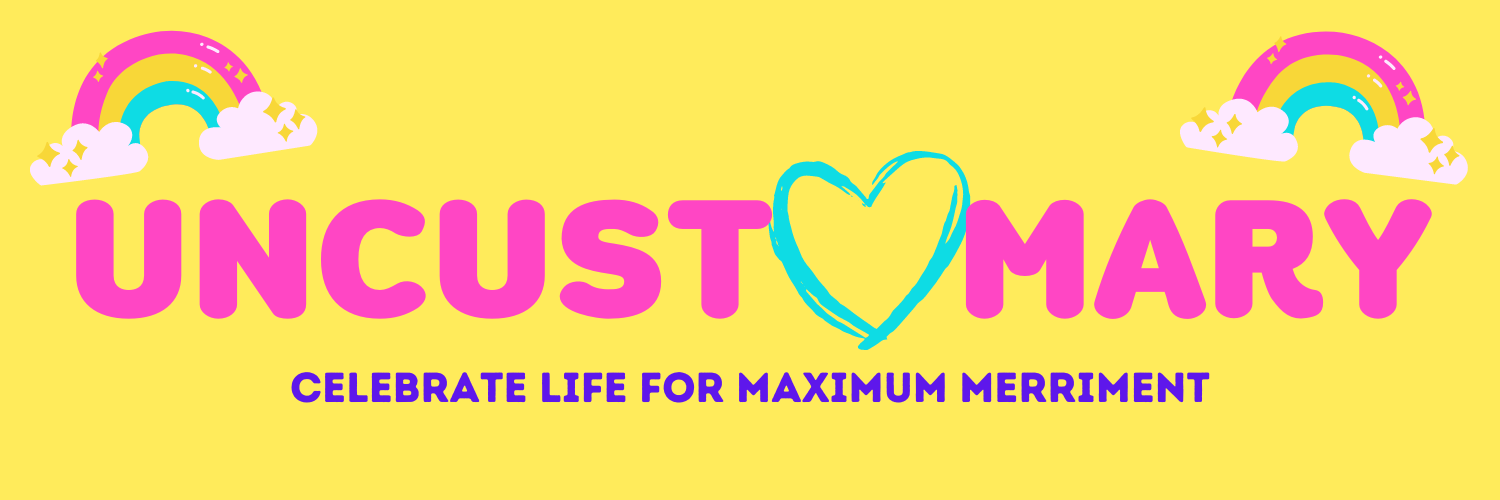
Without a doubt, lack of awareness is one of the primary reasons behind several social issues and crime. Addiction, theft, poverty, homelessness, uncontrolled population, and injustice emerge when the population is inattentive to social change.
However, these issues cannot resolve on their own. They need a driving force, and people are the fundamental source of that force. Until every community member works against the challenges they encounter in their lives, such issues will continue to persist.
Education is among the most valuable tools to create awareness that empowers individuals to change the community. It helps people understand the root causes of their issues and how to resolve them. Additionally, awareness is crucial to fostering harmonious existence among diverse populations since it highlights problems over time. The more exposure to such information, the more people know about each other. This information eventually helps communities function collectively as a unit. In essence, awareness helps people cater to concerns of their selves and their surroundings. That said, listed below are some ways to spread positive awareness in the community through education.
1. Transform learning into practicality
Education in itself is an echoing tool that can propagate awareness over distances and influence people. However, acquiring education is not enough. It is equally essential to explore how to utilize it in real life.
Professionals who wish to transform the learning experience for the better can do so by opting for Doctorate in Education. For educators with full-time jobs, an online EdD is a more suitable choice. This qualification empowers education leaders and teachers to redesign learning objectives for creating and spreading more social awareness. Changes to curricula can change students’ thought processing capabilities and help them develop skills to identify the necessity and usability of education in their surroundings. Theoretical knowledge has limited significance if it cannot address prevailing issues and bring about a visible change. Educated individuals should thus channel their learnings in untangling prevalent issues and guide people to build safer and healthier communities.
2. Highlight prevalent threats
Until the public knows about the challenges at hand, it is hard to push them for any action. Thus the gravity of threats can be a motivation for them to strive for social betterment. This is why communicating about prevalent perils is necessary to help the public become more responsive and accountable.
For example, highlighting the impact of addiction on youngsters can motivate the public to fulfill their social responsibilities. It can help parents ponder over their negligence towards their children’s behavior that might lead to alcohol addiction. It can also inform the public how carelessness while drinking can harm people’s lives. Similarly, growing cases of theft can highlight the worsening social divide. It also signifies how a lack of equitable occupational opportunities can force people to pursue unfair means of earning money. In essence, awareness can help people understand that their future is in jeopardy if they remain unresponsive or ignorant of the destructive changes happening within the community.
3. Structure curriculum in social perspective
The curriculum plays a crucial role in spreading awareness in communities. This is because young minds are more likely to absorb information and understand its significance, given it can reflect their surroundings. If students learn to show an empathetic attitude, regardless of each other’s social status, they can share communities harmoniously as adults. Likewise, if they learn to respect and understand differentiating points of view, they can acknowledge the contribution of diversity as adults. All of this can help them build a healthy and sustainable community.
A curriculum is a systematic approach that attempts to develop individuals’ capacity to understand the significance of education and its contribution to spreading awareness on matters of public concern. A slow and gradual feed right from a young age is easier to digest. It can be the best approach to shape a positive mindset in communities and beyond. Thus a well-designed curriculum can ignite and nourish social awakening by introducing awareness.
4. Involve people in awareness campaigns
Awareness is not useable if it does not trigger any action, and for action, people’s involvement is fundamental. Thus one way to ensure education can transform attitudes is to engage the population in awareness campaigns. This involvement will help them better understand social issues and why it is essential to resolve them.
Most importantly, awareness campaigns can help them relate to the community-level and national/international agendas. For example, if people cannot trace how their transportation preferences are damaging the environment, they will never be able to fix the problem. Many such issues can only resolve if people can understand their contribution and participate accordingly.
5. Utilize different channels
Different media channels can help propagate awareness campaigns to a broader audience in an instant. At present, media outlets are the most influential sources to inform the public and shape their thinking.
Almost every information-providing source has its outlet to keep the targeted audience. For instance, educational institutes can use social media to transfer information to students. News outlets can use several online and offline channels to share information with a global audience.
The recent trend of personal channels on platforms like YouTube and Instagram is helping individuals communicate their stories and point of view to the public. All of this is already happening around every corner of the world, which means the public has access to a lot of information. Thus it would be great to utilize already popular outlets for community building through awareness and education. For instance, creating a YouTube channel that provides awareness about civic responsibilities via communication between commoners and experts can garner public attention. Similarly, partnering with social media influencers can help spread awareness about a specific issue to a targeted audience. Regardless of the option, utilizing media for public awareness can bring about a rapid and visible change.
Conclusion
At present, there is no scarcity of information. The sources of information are also diverse. It is only the information’s usability and reliability that need improvement. That is why social issues continue to prevail and affect our well-being. And this is where education can contribute and bridge the gap. Education helps identify challenges within a community and appropriate means to inform and involve the public. It is also helpful in uniting the public so that they can resolve their issues collectively.









I’m trying to make all aware of a major crisis going on, yet my stupid mind, 20 hr memory, depleted thiamine, won’t let me understand how to get it done. We are at the beginning of the end of Mankind, President Biden has committed treason 2 yrs ago when America ran from the Taliban leaving some Americans and over 80 BILLION in America Military Equipment behind to the Taliban, that is the legal constitutional definition of TREASON 336-930-4645